Aluminium is a common material used to make door hinges. Aluminium door hinges come in a variety of styles including, aluminium butt hinges, aluminium strap hinges and aluminium weld-on hinges. Of course, hinges can be found in other materials as well, but there are several benefits to aluminum door hinges that should be taken into consideration.
What are the benefits to using aluminium door hinges?
An aluminum door hinge is much lighter when compared with other types of door hinges, weighing only about one-third the weight of their stainless steel counterparts. Because they are lightweight, they are easier to install and remove. Another benefit to using durable aluminium door hinges is that they are resistant to corrosion. Aluminium can withstand both humidity and moisture without oxidizing as the metal is immune to rust. This alone makes aluminium door hinges ideal for exterior doors. Additionally, aluminium hinges can be recycled. Aluminium is 100% recyclable which benefits the user and the planet. Finally, aluminum hinges are inexpensive. Whether needed for use at home or in bulk for commercial purposes, these hinges are one of the most economical choices.
What are the most common types of door hinges?
The three most common types of door hinges are butt hinges, concealed hinges and continuous hinges. Aluminium butt hinges are possibly the most common type of door hinge because they feature a variety of bearings that work with different door heights, widths, thicknesses and weights. The three types of butt hinges are plain, ball-bearing, and spring-loaded.
A more high-end hinge is the aluminium concealed door hinge. They offer a cleaner design and are best suited for retail and hospitality purposes. For high-traffic doorways, a aluminium continuous door hinge is a wise choice as the hinge attaches to the full height of the door distributing the weight of the door along the full height of the frame.

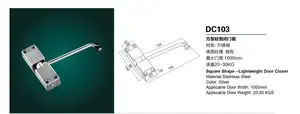

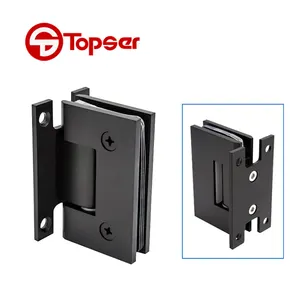



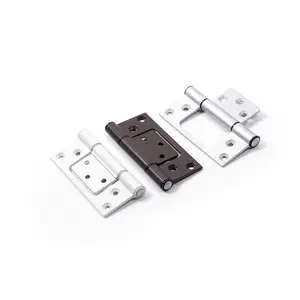

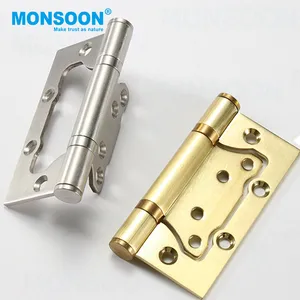



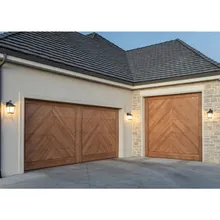




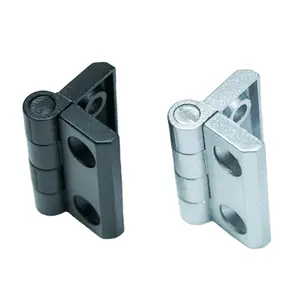
























 浙公网安备 33010002000092号
浙公网安备 33010002000092号 浙B2-20120091-4
浙B2-20120091-4